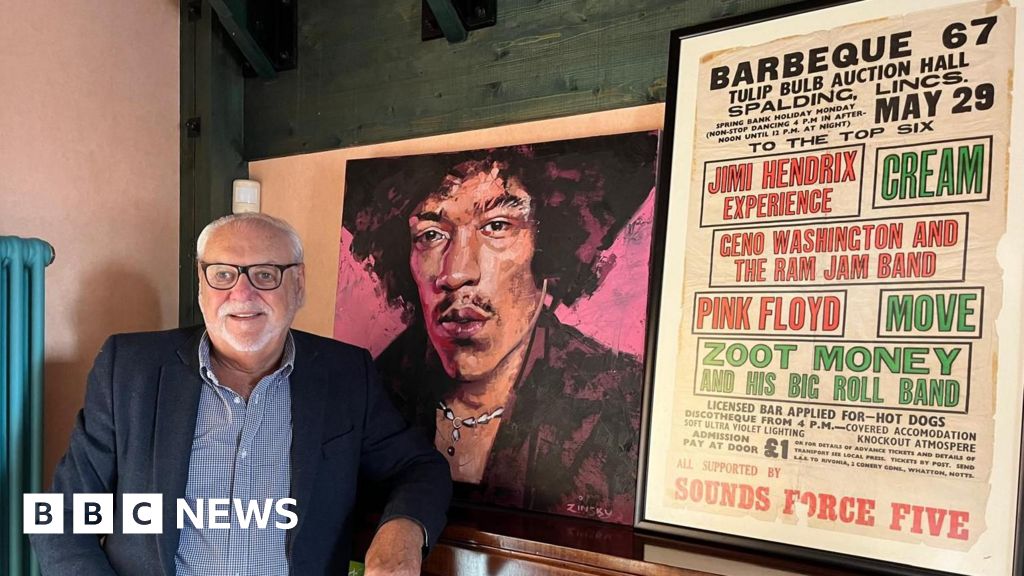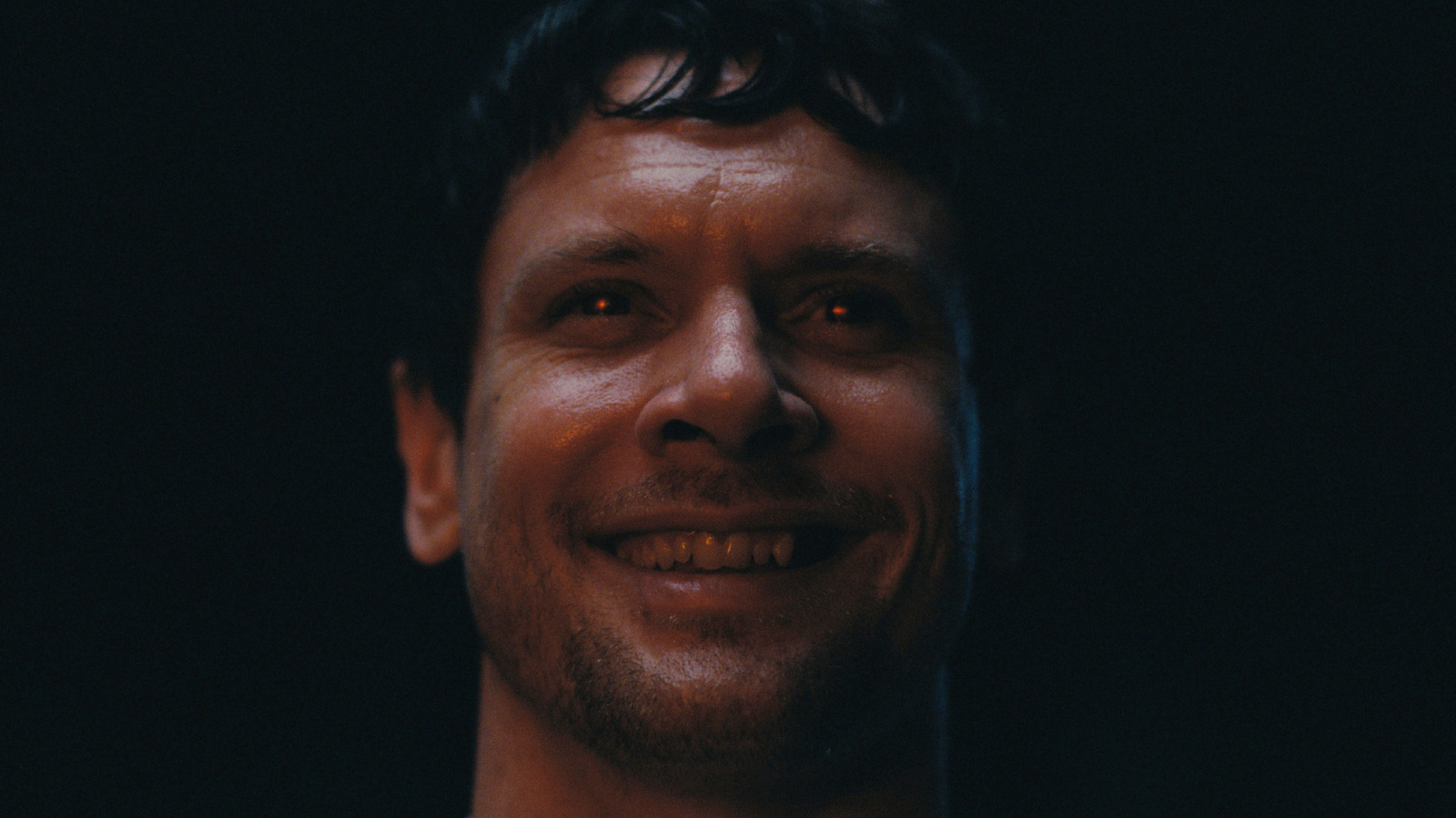The White Lotus Finale: A Cultural Phenomenon Driving Brand Success

The much-anticipated final episode of The White Lotus is set to air this weekend, promising closure for viewers eager to wrap up this year’s intense and dramatic storyline, which has been characterized by its intriguing use of lorazepam. As fans prepare for the series conclusion, marketers are also keenly observing how the show’s massive popularity is translating into enhanced visibility and sales for various brands.
Recent data from a collaboration between Nielsen and Warner Bros suggests that approximately 4.8 million viewers tuned in for the penultimate episode, marking a remarkable 14% increase compared to the previous week’s record-setting episode. This season has averaged around 15 million viewers per episode, once factoring in those who watch on catch-up services. This impressive viewer count solidifies The White Lotus as the most streamed show on Max, both in the U.S. and internationally. Such widespread success was anticipated, given that the first season attracted around 5 million viewers per episode, while the second season saw numbers balloon to about 10 million.
“The White Lotus has emerged as more than just a TV show; it has become a cultural moment,” remarks Ed East, global CEO and co-founder of Billion Dollar Boy, a social and influencer marketing agency. This unique cultural positioning provides brands with an exceptional opportunity to authentically engage with the show's extensive audience.”
This season, a number of well-known brands such as H&M, Abercrombie & Fitch, Banana Republic, Bloomingdale’s, and Coffee Mate have successfully signed partnerships to create White Lotus-themed merchandise. Additionally, American Express has launched a series of events designed to capitalize on the show's hype, while companies like Google, Supergoop, and Kiehl’s have swiftly engaged their PR strategies to benefit from on-screen appearances.
According to WWD, which cited data from Launchmetrics, luxury fashion labels such as Jacquemus, Louis Vuitton, and Gucci have generated considerable “media impact value” following their products’ appearances on the show, with estimates of $1.7 million, $4.3 million, and $2 million respectively.
This season, one of the standout characters has been the unforgettable Victoria Ratliff, played by actress Parker Posey. In a fortunate twist, the Gap had already featured Posey in a commercial for 2025, which has now gained additional relevance with her prominent role in the series. The chief executive of Gap commented, “If you are relevant enough, it eventually drives revenue,” highlighting the potential value of aligning with culturally significant figures.
Meanwhile, Diageo is also hoping to gain traction by leveraging the notoriety of actor Patrick Schwarzenegger, who portrays Saxon Ratliff. Schwarzenegger has become the ambassador for both Kettle One and Tanqueray brands, and has also led a campaign for Kim Kardashian’s Skims line.
If a brand isn't fortunate enough to have organically featured in the show or missed the chance to sign a celebrity as a brand ambassador, East notes that many Chief Marketing Officers (CMOs) are increasingly collaborating with influencers. This approach allows companies to authentically interact with online fan communities.
“By making The White Lotus aesthetic accessible—be it through curated travel itineraries, high-end fashion finds, or luxury lifestyle inspiration—creators can foster both engagement and direct sales,” he explains. “The second season showcased the effectiveness of this strategy, as luxury fashion brands like Chanel experienced a surge in influencer-led content inspired by the show, often linked through affiliate platforms like LTK and Instagram Shops.” Travel influencers have also seized the opportunity, generating content linked to Sicily’s San Domenico Palace, utilizing affiliate links to drive hotel bookings. Unlike traditional marketing methods, creators are able to swiftly respond to cultural trends, producing stylish ‘shop the look’ content that aligns with each episode’s release.
One notable example of a successful collaboration is the partnership between Away, a luggage brand, and The White Lotus. Away's connection to the show began organically when its products were featured in the first season without prior knowledge of the brand. Christine Gallagher, Away’s VP of integrated marketing, states, “Viewers recognized our brand immediately, highlighting an authentic connection between The White Lotus universe and Away's place in modern travel culture.” As the show’s influence on luxury travel and cultural dialogues grew, Gallagher felt it was the right moment to formalize a partnership with HBO and Warner Bros Discovery Global Consumer Products.
After extensive discussions that began over a year ago, the teams agreed on a vision for a limited-edition collection that celebrated travel’s transformative power—a core theme that resonates with both The White Lotus and Away. Gallagher notes that the collaboration was executed swiftly after their ideas aligned, allowing them to launch the collection in time for the highly anticipated season three premiere.
Away’s marketing strategy for this season was thoroughly developed, capitalizing on the previous seasons’ organic success. “For season three, we aimed to harness that enthusiasm and elevate it through a comprehensive 360-degree campaign that immerses travelers in The White Lotus world,” Gallagher explains. A standout aspect of their strategy was a partnership with Lezio Lopes, the original illustrator of the show’s iconic title sequence. Together, they created custom wallpaper-inspired designs that became the backbone of their promotional efforts, featuring across digital platforms, email campaigns, social media channels, and in all 17 retail stores.
As the season progresses, Gallagher has observed a “social groundswell” following the airing of each episode. She describes their internal playbook as a tool that empowers them to respond quickly, adapt to cultural shifts, and create meaningful content without losing a light-hearted approach. “We’re always monitoring to find opportunities to integrate Away seamlessly into the The White Lotus narrative,” she explains.
The results of this collaboration have been nothing short of phenomenal. Although they are still finalizing post-campaign metrics, Gallagher reports significant increases in key performance indicators (KPIs). On launch day alone, the brand experienced a double-digit spike in site traffic driven by strong interest in the collection. Social engagement rates also soared, with The White Lotus content performing exceptionally well on platforms like Instagram and TikTok. They also implemented a more robust SMS marketing push around the launch, which yielded excellent results, achieving a remarkable 80% click rate on their messages.
From a sales perspective, several items, including the Resort Weekender and the Mini Everywhere Bag, sold out within days of their launch—a clear indicator that the campaign exceeded initial expectations.
Interestingly, the influence of The White Lotus extends beyond merchandise sales; it has also proven to be a boon for tourism. Reports from The Four Seasons, whose hotels have been prominently featured throughout the three seasons, indicate that their Maui property, showcased in the first season, experienced a staggering 425% increase in website visits and a 386% rise in availability checks year-over-year. Similarly, the Sicilian hotel featured in season two reportedly booked out for six months following its reopening, underscoring the show's significant impact on travel demand.
Looking ahead, Oliver’s Travels, the luxury accommodation platform utilized by HBO to secure two villas in Thailand for the third season, has also been proactive in leveraging the show's popularity. Although they were given limited details due to non-disclosure agreements, they crafted a marketing plan in anticipation of the filming. According to Natasja Hassal, head of brand and communications, they partnered with the Thailand Tourism Authority and Singapore Airlines to run a luxury villa holiday competition. The prize included a three-night stay at the Siam Suite in Bangkok and a four-night self-catering stay at Villa Pimchan in Koh Samui, complete with return flights to Bangkok. As of March 31, they received over 10,700 entrants with a remarkable 45% opt-in rate.
In addition to these initiatives, they launched both paid and organic social media advertisements featuring video content and destination ads. Since the airing of season three, Hassal notes a significant uptick in engagement, reporting a 42% increase in visits to their Thailand webpage, a 5.9% rise in Instagram followers, and, most notably, a 57% increase in bookings year-over-year, alongside a 55% increase in guest numbers compared to the same period last year.





























